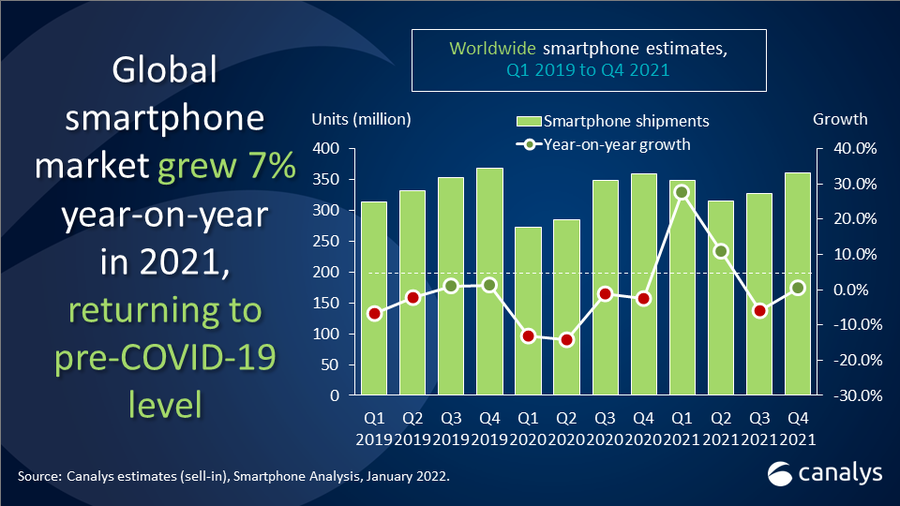Experience shows small purchases on the App Store can quickly add up, especially with how easy it is to make impulsive buys when apps seem cheap. The psychology behind this is well-documented: low-cost items feel insignificant in the moment, but over time, they can lead to significant spending. Here’s how to regain control and manage your App Store spending more effectively:
1. Set a Monthly Budget
- Decide on a fixed amount you’re comfortable spending on apps or in-app purchases each month.
- Use tools like Apple’s Screen Time to monitor your spending and enforce limits.
2. Track Your Purchases
- Review your purchase history regularly in the App Store. Seeing how much you’ve spent can provide a reality check.
- Apps like Mint or YNAB (You Need a Budget) can help track these micro-transactions as part of your overall budget.
3. Ask Yourself Key Questions Before Buying
- Do I need this app, or is it just a passing want?
- Can I find a free or lower-cost alternative that meets my needs?
- Will I use this app consistently, or is it a one-time curiosity?
4. Wait Before Purchasing
- Add the app to a “wishlist” or bookmark it, then wait 24-48 hours before purchasing.
- Often, the urge to buy diminishes with time, especially for non-essential apps.
5. Look for Discounts or Free Trials
- Many apps offer limited-time free trials or discounts. Use these opportunities to test if an app is worth the cost.
- Sites like AppAdvice or apps like AppShopper track app discounts and free promotions.
6. Turn Off In-App Purchase Options
- If in-app purchases are a major temptation, disable them in your device settings:
- Go to Settings > Screen Time > Content & Privacy Restrictions and turn off in-app purchases.
7. Stick to Essential Apps
- Focus on apps that add real value, like productivity tools or apps that help save money in other areas.
- Avoid apps that rely heavily on gamification or constant upselling.
8. Use Prepaid Gift Cards
- Load your App Store account with a gift card instead of linking it to your credit card. This limits your spending to the card’s balance.
9. Be Aware of Psychological Traps
- App Store interfaces are designed to make spending easy and painless. Features like “one-click purchases” lower the barriers to impulsive buying.
- Recognize that “cheap” apps rely on volume—you’re not just buying one; you’re likely buying several over time.
10. Reflect on the Value
- Take time to evaluate whether the apps you’ve purchased are worth what you’ve spent. This reflection can help you make more conscious choices moving forward.





